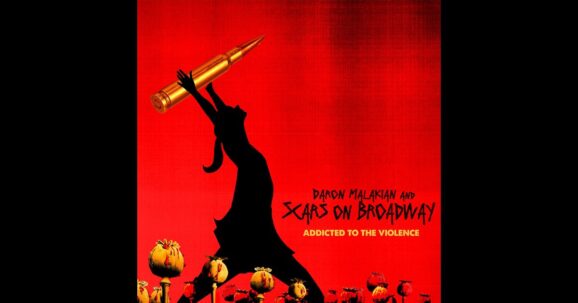In the wake of tourist murders and the recent shooting of beloved Dominican David Ortiz (“Big Papi”), the reputation of the Dominican Republic is going through a tough period to say the least. It sounds cliché to say that music can be a healing force but one listen to pianist Josean Jacobo & Tumbao will have you thinking much more favorably about the country. The core quintet shifts to a septet on some of the tunes with piano, alto and tenor sax; bass and percussion forming the foundation for additional vocals and drums on two tracks. Cimarron is the band’s third album.
Tumbao explores the folkloric rhythms of the Caribbean island in this sub-genre of Afro-Dominican jazz, that captures both the rhythms and melodic elements of the group’s heritage. Jacobo is hailed as “The Ambassador of Afro-Dominican Jazz” and carries the banner that love is the main force that today’s world really needs. His native land could certainly use some of that now.
The album’s title, “Cimarronaje,” refers to the escape black slaves made across the Caribbean by taking refuge in nearby mountains, forming societies in which their African customs integrated with that of their Spanish masters. It was here that the essence of the Dominican culture was created. Others like David Sanchez, Miguel Zenon and Danilo Perez have covered similar turf and inspire Jacobo and Tumbao who not only present the fruitful nuances of their Dominican ancestry, but reflect upon its roots, influences and evolution.
The album was recorded in Boston and engineered, mixed, and mastered in NYC. While Jacobo wrote six of the album’s tunes, the pianist brings fresh interpretations to the remaining four tracks. Bamboulá, Salve, Congos, Bachata, Mangulina, Guloya and Pambiche ( derived from the liners) are just some of the rhythmic references used by the composer. A stand-out track the is “El Maniel” – its fusion of contemporary jazz with percolating Latin melodies is riveting. His take on Coltrane’s “Lonnie’s Lament” takes the tune in a different direction, segueing nicely into his own rhythmic gem, “Anaisa Pye<’ which features chanting vocals as does “El Maniel.” This three song sequence is the heart of the album and is intoxicating, unpredictable, and exciting.
The album begins with the brisk two-plus minutes “A Pesar de Todo’” propelled by a funky piano riff and feeling like it was straight out of ‘60s soul jazz with a Latin twist. On the “Mind Reset” Jacobo creates more ballad-like effects with his waves of piano notes before the saxes begin the ensemble medley leading into a tenor and then alto solo and some percussion statements. “Aunque me cueste la Vida” is Jacobo’s reinterpretation of a popular song previously sung by the likes of Celia Cruz and Alberto Beltrán. He shifts from the opening old school vibe before moving into a contemporary sound, going out with a repeated phrase. It’s here that his piano playing gets the biggest spotlight and where the listener can really focus on his skills. The band transitions into the lively “Mas,” another tune featuring gorgeous melodies and soaring saxes.
It’s the blending of the folk melodies, the many indigenous rhythms, and the fusion of old school and contemporary that make Jacobo & Tumbao one of today’s freshest and most compelling sounds in Latin jazz. If only the rest of the news emanating from the Dominican Republic had this joyous, brilliant quality, the country’s reputation would be vastly uplifted.









